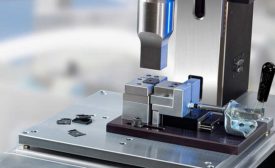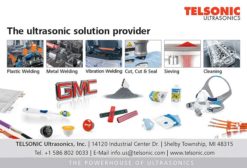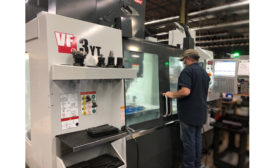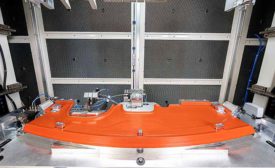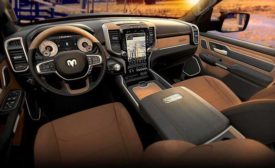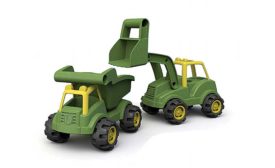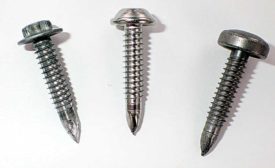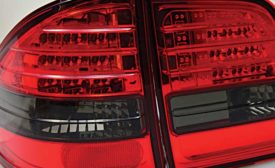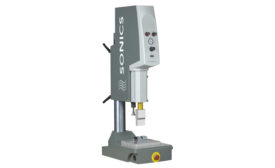Home » Keywords: » vibration welding
Items Tagged with 'vibration welding'
ARTICLES
New Technology for Joining Plastic Parts
Servomotors and microprocessors provide unprecedented control over the welding process
February 6, 2023
Vibration Welding Adapts to Shifting Demands
Additive manufacturing, electric vehicles and packaging are new applications for vibration welders.
February 8, 2021
Assembly Methods for Bioplastics
Plastics made from plant-based materials are increasingly being used in a variety of applications.
February 5, 2018
Assembling Thermoplastic Composites
Joining thermoplastic composites—either to each other or to other materials—can be challenging.
June 7, 2017
Never miss the latest news and trends driving the manufacturing industry
Stay in the know on the latest assembly trends.
JOIN TODAY!Copyright ©2024. All Rights Reserved BNP Media.
Design, CMS, Hosting & Web Development :: ePublishing

